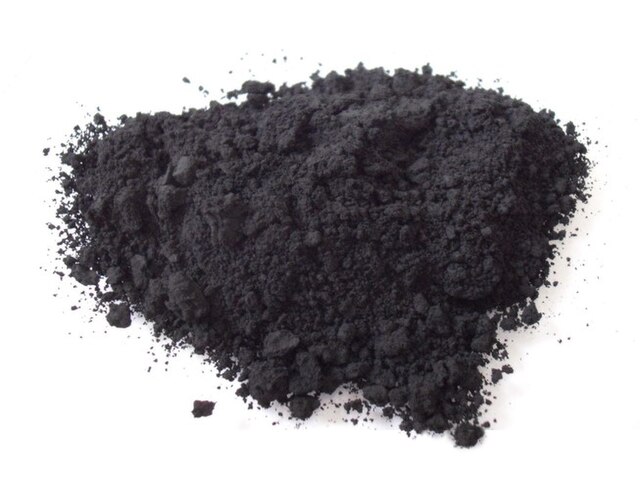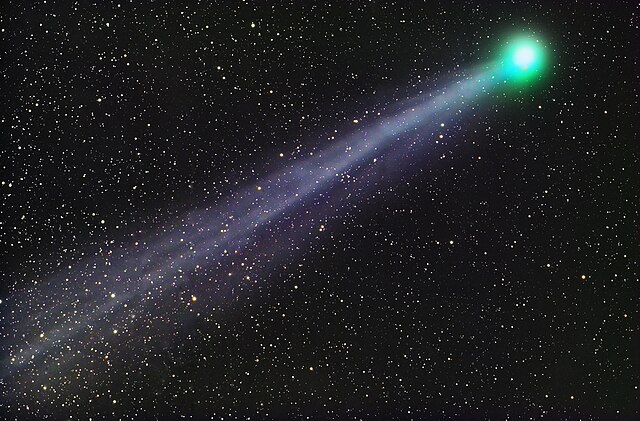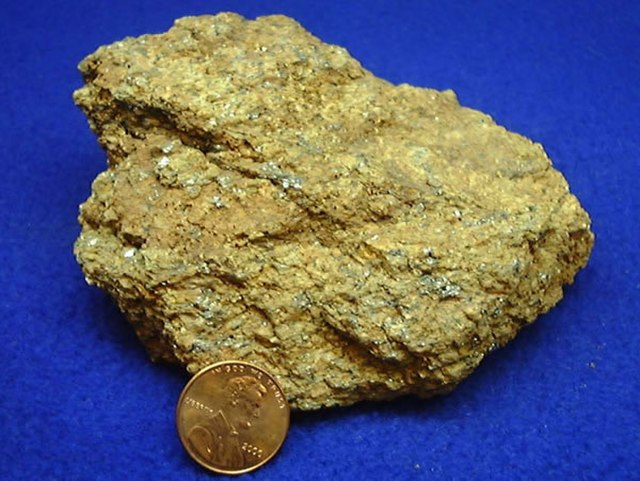Soot is a mass of impure carbon particles resulting from the incomplete combustion of hydrocarbons. It is more properly restricted to the product of the gas-phase combustion process but is commonly extended to include the residual pyrolysed fuel particles such as coal, cenospheres, charred wood, and petroleum coke that may become airborne during pyrolysis and that are more properly identified as cokes or char.
Emission of soot in the exhaust gas of a large diesel truck, without particle filters
The black staining on the power car of this Midland Mainline InterCity 125 High Speed Train is the result of soot building up on the train's surface.
Carbon black
Carbon is a chemical element; it has symbol C and atomic number 6. It is nonmetallic and tetravalent—meaning that its atoms are able to form up to four covalent bonds due to its valence shell exhibiting 4 electrons. It belongs to group 14 of the periodic table. Carbon makes up about 0.025 percent of Earth's crust. Three isotopes occur naturally, 12C and 13C being stable, while 14C is a radionuclide, decaying with a half-life of about 5,730 years. Carbon is one of the few elements known since antiquity.
Graphite (left) and diamond (right), two allotropes of carbon
A large sample of glassy carbon
Comet C/2014 Q2 (Lovejoy) surrounded by glowing carbon vapor
Graphite ore, shown with a penny for scale







